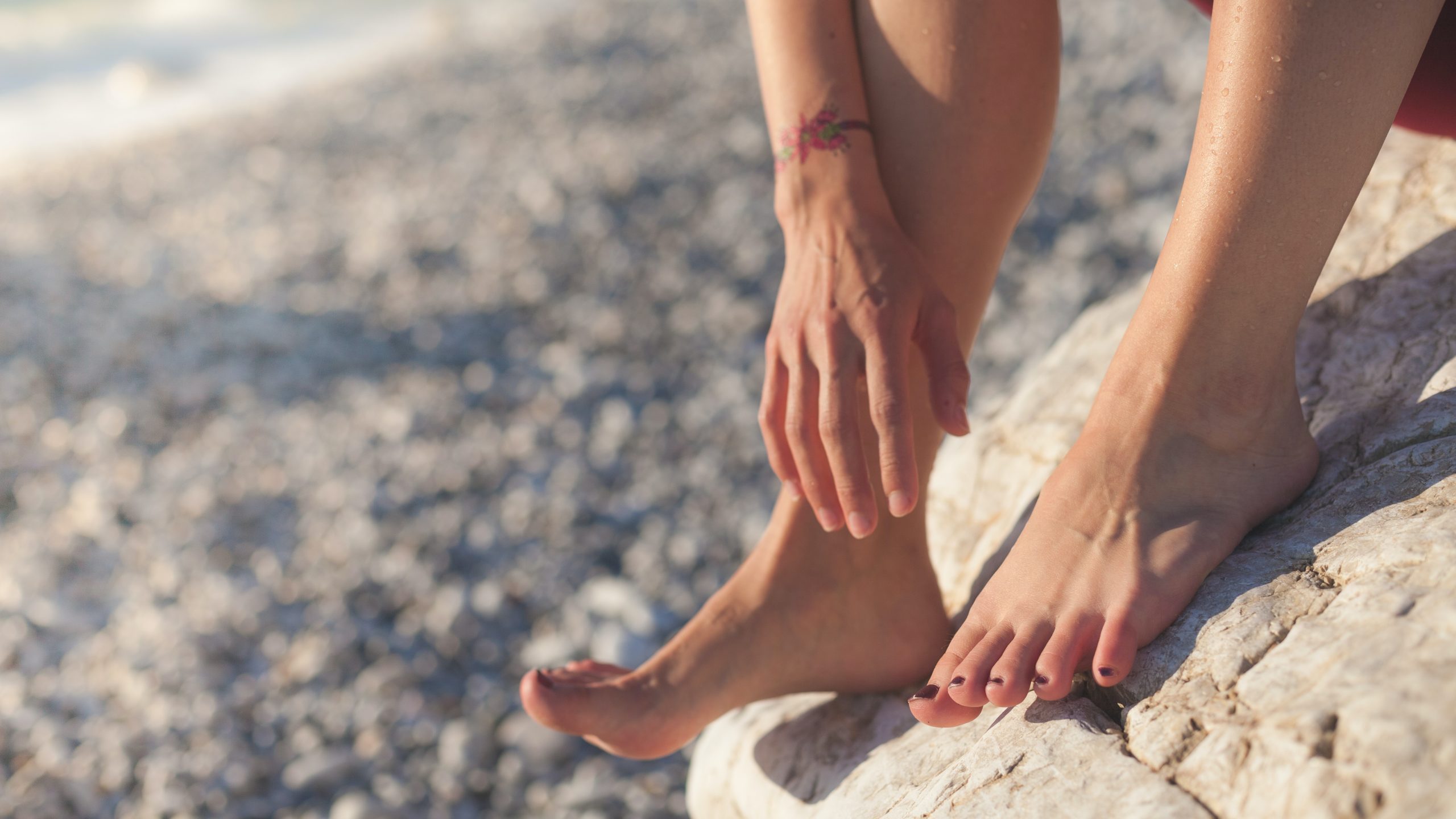Most clinics offer both podiatry and chiropody services. It is not uncommon for professionals to have to explain the difference between the two!
This guide should keep you from getting your wires crossed when it comes to podiatry and chiropody.
Podiatry
Podiatrists are healthcare professionals trained to diagnose and treat abnormalities to the feet and lower limbs. They prevent and correct deformities and keep people living their normal everyday lives by ensuring they stay mobile and active and relieve pain and infection.
A podiatry assessment targets the movement of the joints in the foot, foot posture and how this may affect the lower limb, including the knee and hip. One of the many techniques used to assess a patient’s biomechanical structure is gait analysis.
Gait analysis usually involves a ‘running shoe’ specialist evaluating your foot patterns and fitting you into a running shoe. This form of treatment involves a physical examination followed by a visual appraisal of the patient’s gait. In turn, podiatrists can compare asymmetries and search for pronators. This refers to the way in which your foot rolls inwards as it strikes the floor.
You may want to visit a podiatrist if you have the following symptoms:
- Painful feet
- Thickened or discoloured toenails
- Cracks or cuts in the skin
- Growths (warts or verrucas)
- A fungal nail infection
- Scaling or peeling on the soles
Furthermore, even if your feet are in acceptable condition, you can still consider visiting a podiatrist. They can assist with removing hard skin, toenail clipping, orthotics, and advice on the correct footwear to be wearing.
Chiropody
Chiropody is a slightly out of fashion term. Chiropody is basically just the old-style word for podiatry. Effectively, podiatry and chiropody are exactly the same thing.
This involves treating various conditions, such as:
- Ingrown toenails
- Calluses
- Dry skin
- Cracked heels
- Corns
- Ulcers
- Diabetes and arthritic foot care
- Verrucae
Foot pain is not normal. If you, a family member or even a friend are experiencing pain, you should seek out a podiatrist. If you have any queries or think you may be suffering with your feet or lower limbs, you can receive free phone consultations with most clinics. These qualified professionals will also point you in the right direction to getting back on track with your everyday living.

